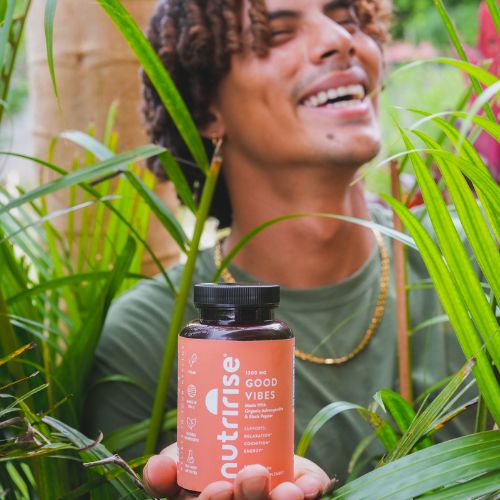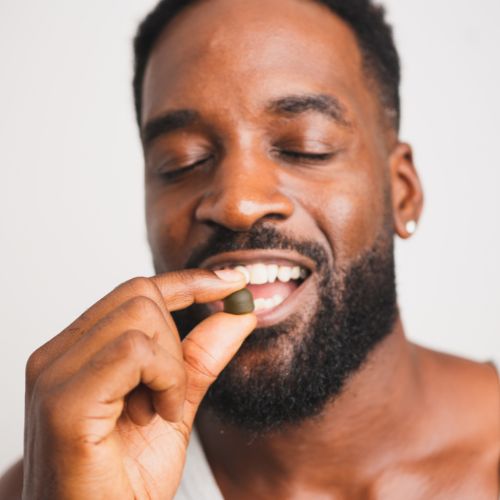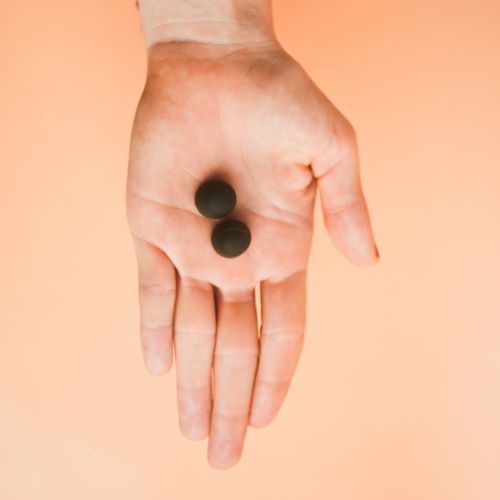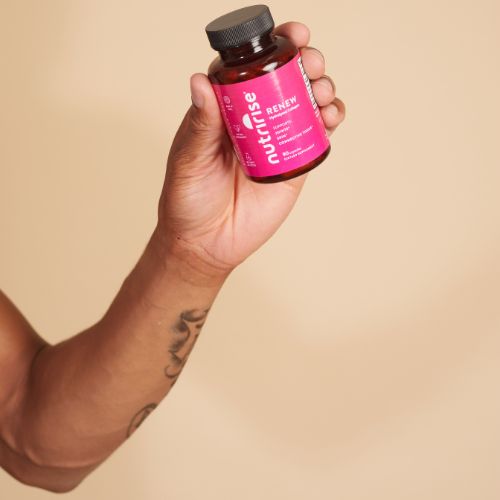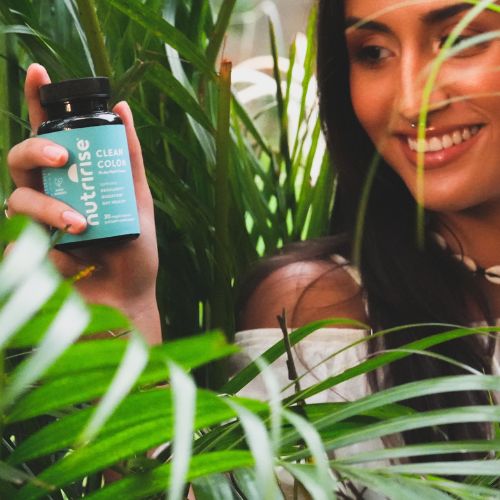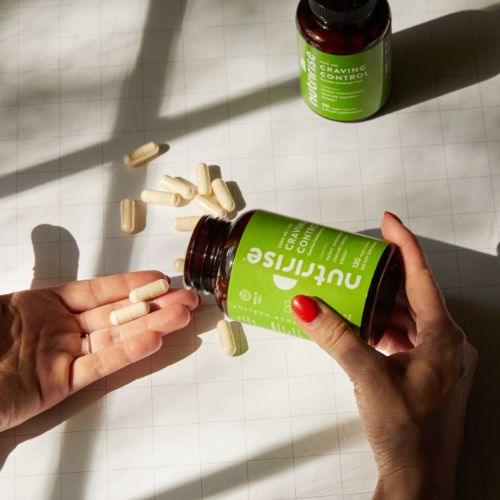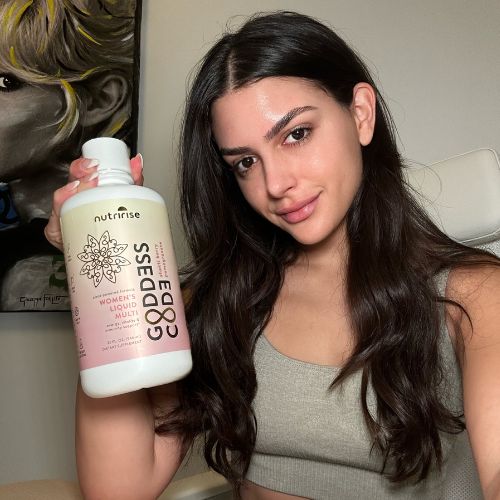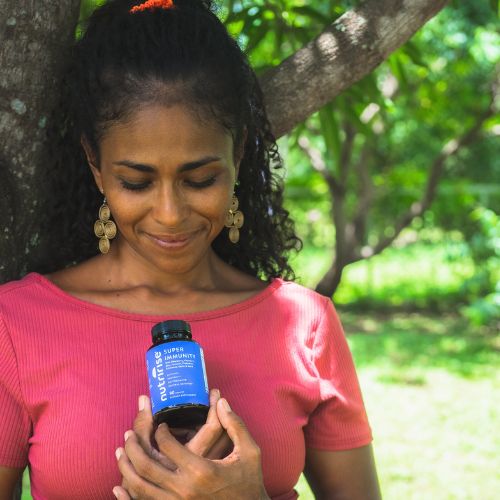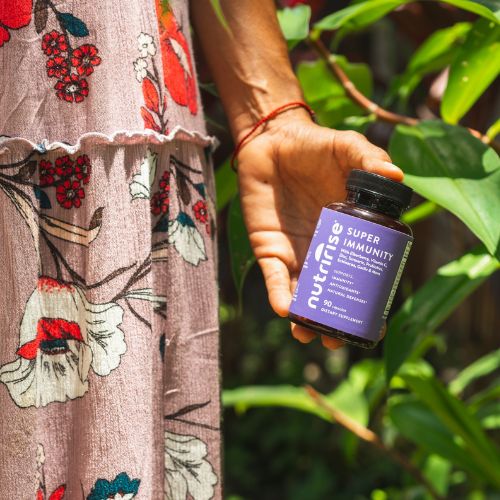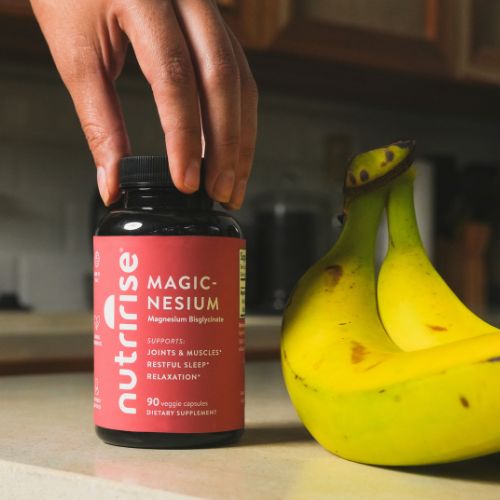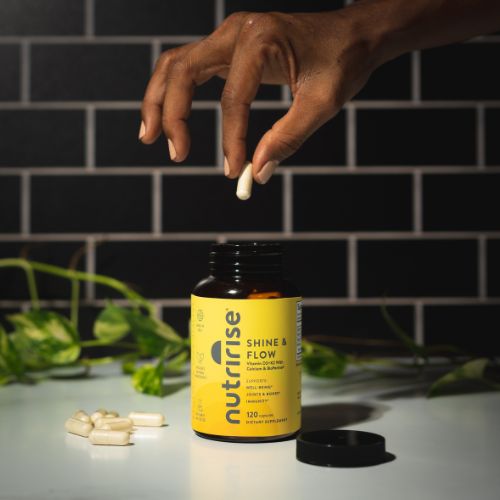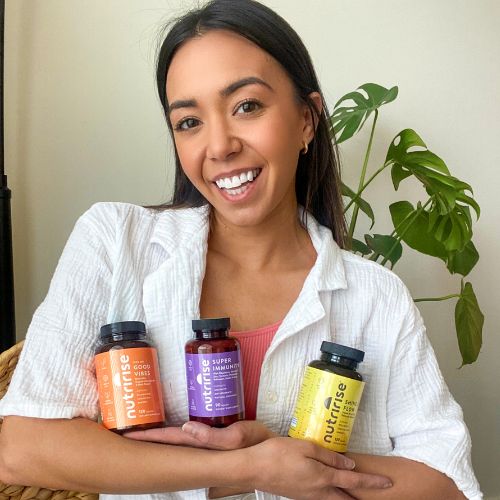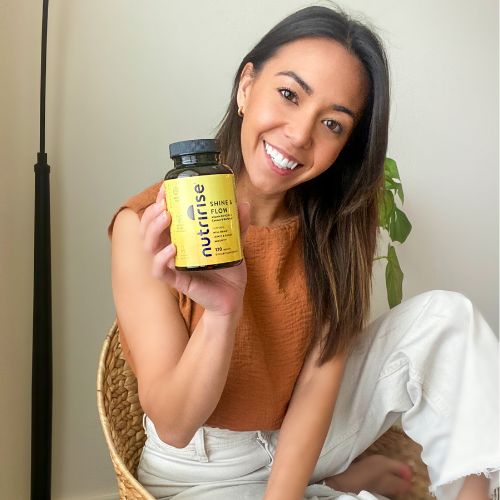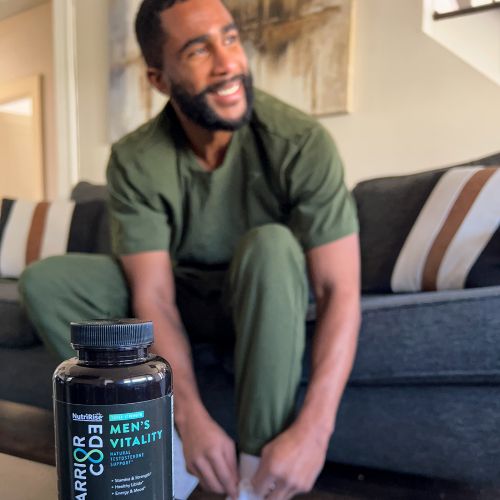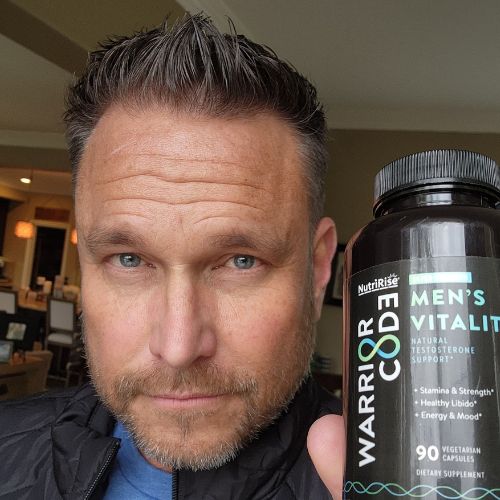What is the most reliable source of vitamin D?
The most natural way to increase your vitamin D levels is via exposure to direct sunlight. However, the method is often unreliable due to various factors including season, genetics, age, etc.
Furthermore, excessive exposure to sunlight is an increased risk factor for serious conditions such as skin cancer because of UV exposure.
Considering the highly variable amounts of vitamin D in different food sources as well as the high incidence of vitamin D deficiency, it's widely recommended by experts to take a vitamin D supplement (34).
Currently, there are two main forms of vitamin D available as a supplement - vitamin D3 and vitamin D2
According to a meta-analysis of 7 studies, vitamin D3 (known as the active form of vitamin D: cholecalciferol) has better bioavailability than vitamin D2 and leads to a more reliable increase of serum concentrations (35).
Furthermore, D2 appears to be a less stable form of the vitamin and therefore researchers suggest that it may have reduced shelf-life as a supplement (36).
Therefore, the majority of experts recommend supplementing with vitamin D3 in order to increase serum levels more reliably.
What is the best way to absorb vitamin D?
Vitamin D supplementation is effective only if the supplement is properly absorbed. In order to boost vitamin D absorption, you should do 3 things:
- take it with a meal rich in healthy fats, as vitamin D is a fat-soluble vitamin
- avoid foods and drugs that block the absorption of the vitamin
- pick a more absorbable form
Taking the vitamin with a meal rich in healthy fats ensures the release of bile acids into your digestive tract which is important for the proper absorption of vitamin D.
Therefore most experts recommend taking a vitamin D supplement with the largest meal of the day which is lunch or dinner for most people.
What blocks the absorption of vitamin D?
Fiber is an important part of every healthy diet as it helps digestion, lowers cholesterol, improves blood sugar control, and reduces the risk of colon cancer.
However, it's important to avoid taking vitamin D with other supplements that may contain fiber, such as many products for weight loss and digestion.
Furthermore, prolonged use of several medications may lead to reduced absorption or changes in the metabolism of vitamin D and, therefore, a deficiency. Examples are:
- Laxatives (bisacodyl)
- Corticosteroids
- Cholesterol-lowering drugs (such as cholestyramine and colestipol)
- Seizure-control drugs (such as phenobarbital and phenytoin)
- Anti-tuberculosis drug (rifampin)
- Weight-loss drugs (orlistat)
How can I raise my vitamin D level quickly?
The most reliable source of vitamin D that can help you raise your serum levels quickly is a vitamin D3 supplement. The majority of guidelines recommend supplementing with at least 15mcg (600 IU) daily (37, 38, 39).
However, these levels may be insufficient for most people to achieve adequate levels of serum vitamin D if they are severely deficient. Therefore most experts recommend 1 000 to 4 000 IU of the vitamin per day.
In addition to daily supplementation, taking a bolus dose of vitamin D once a week or even once a month is also an option.
According to studies, the method may lead to a prolonged increase in serum vitamin D levels. However, daily supplementation appears to cause comparable increases which occur faster than a single bolus (40).
Therefore you should go for daily dosing if you want to correct your deficiency faster.
Furthermore, researchers report that the physiologic limit of vitamin D is 10 000 IU per day, which is equal to prolonged whole-body exposure to direct sunlight (41).
Taking 10 000 IU of Vitamin D or more may be toxic. Toxicity is considered to occur in cases of supplementation with doses above 10 000 IU per day for longer than 3 months or more than 300 000 IU for 24 hours (42).
How long does it take to correct a vitamin D deficiency?
The dose and the form of your supplement are not the only factors that will determine how quickly you may replenish your vitamin D levels.
According to scientists, the period required to correct a vitamin D deficiency depends on several factors (42). They include:
- your baseline vitamin D levels
- your age
- season and sun exposure
- your skin pigmentation
- genetic variations
- whether you are taking any medications
- your body fat and composition
- your overall diet
Therefore, make sure to measure your vitamin D levels through a blood test and consult with your doctor first. Depending on your baseline vitamin D levels and the rest of the factors above a physician can estimate the most optimal dosage for you.
Which vitamin D is best?
When choosing a supplement, it's best to pick a product with both vitamin D3 and vitamin K2 such as the AdaptoZen Vitamin D3 + K2 Drops by Nutririse.
Vitamin K is another group of fat-soluble vitamins which plays an important role in the human body. These vitamins control blood coagulation as well as the deposition of calcium in different tissues, including bones.
According to studies, a combination of vitamin D3 and K2 may have a synergistic benefit for bone mass density (43).
Furthermore, vitamin K2 may reduce the risk of calcium depositing in your blood vessels, which is a potential risk factor for cardiovascular disease. Therefore, the combination of vitamin D3 and vitamin K2 will help direct the calcium to your bones.
You can stay assured that the contents inside the Vitamin D3 + K2 supplement match the label 100% thanks to the extensive testing and 3rd party quality control.
Each batch is tested 3 times during the manufacturing process and then a 4th time by an independent 3rd party organization.
All ingredients are non-GMO and this D3 supplement is free of gelatin, gluten, dairy products, artificial preservatives, harmful binders and fillers, artificial colors, and flavors.
Besides, all Nutririse supplements are manufactured in US-based, GMP-certified facilities.







